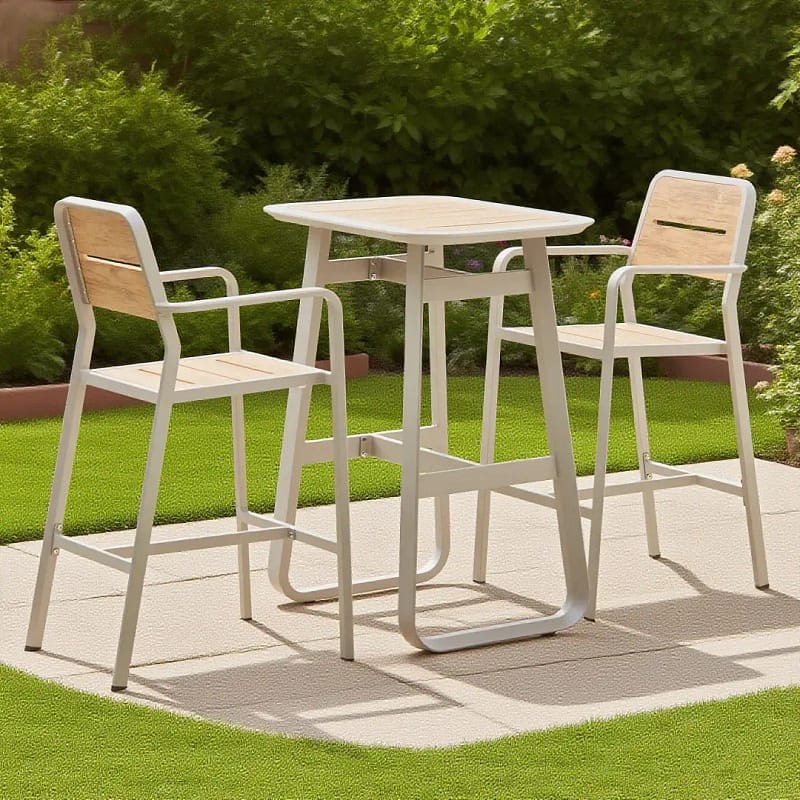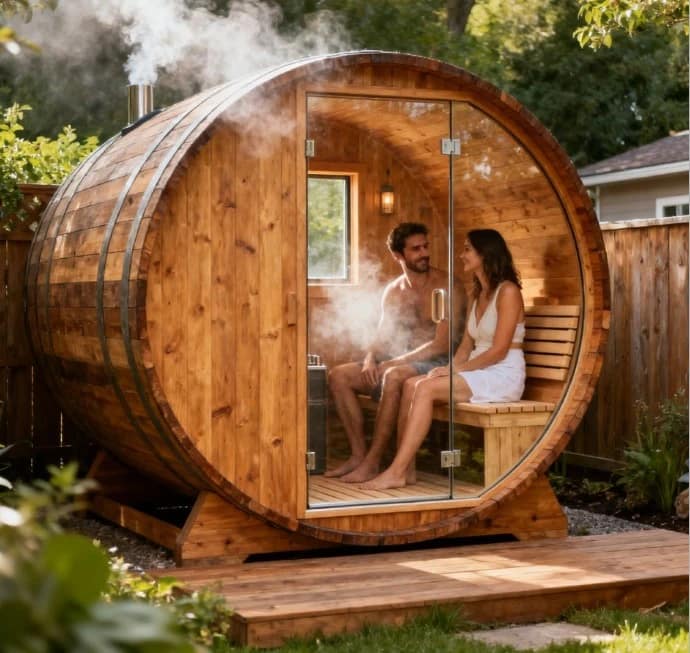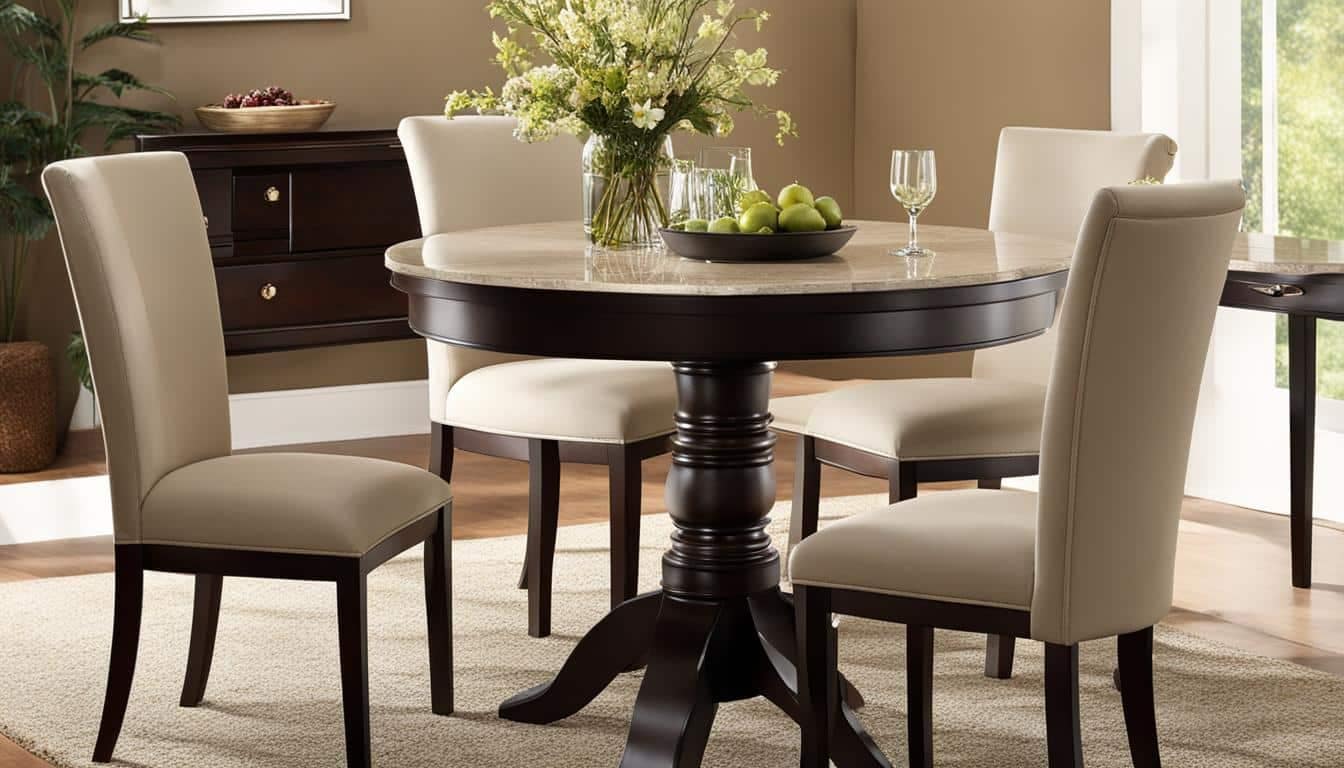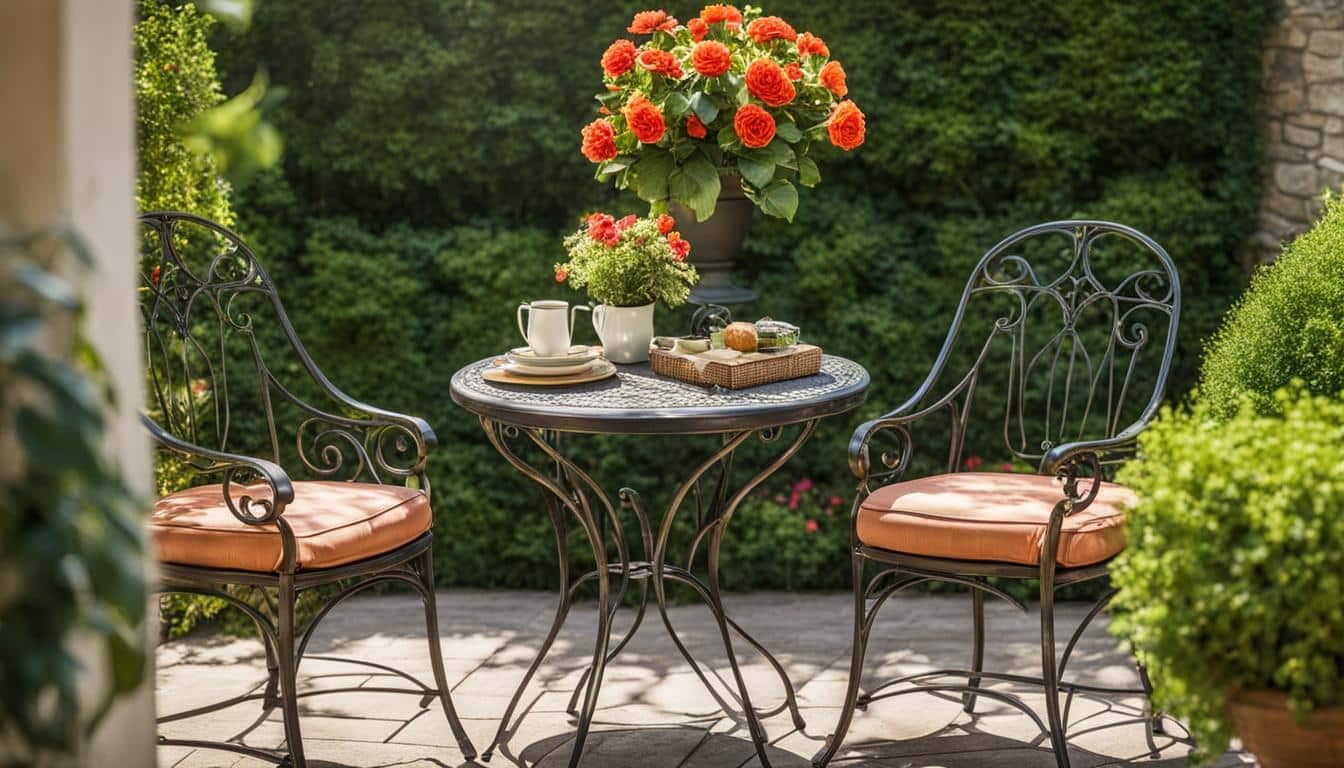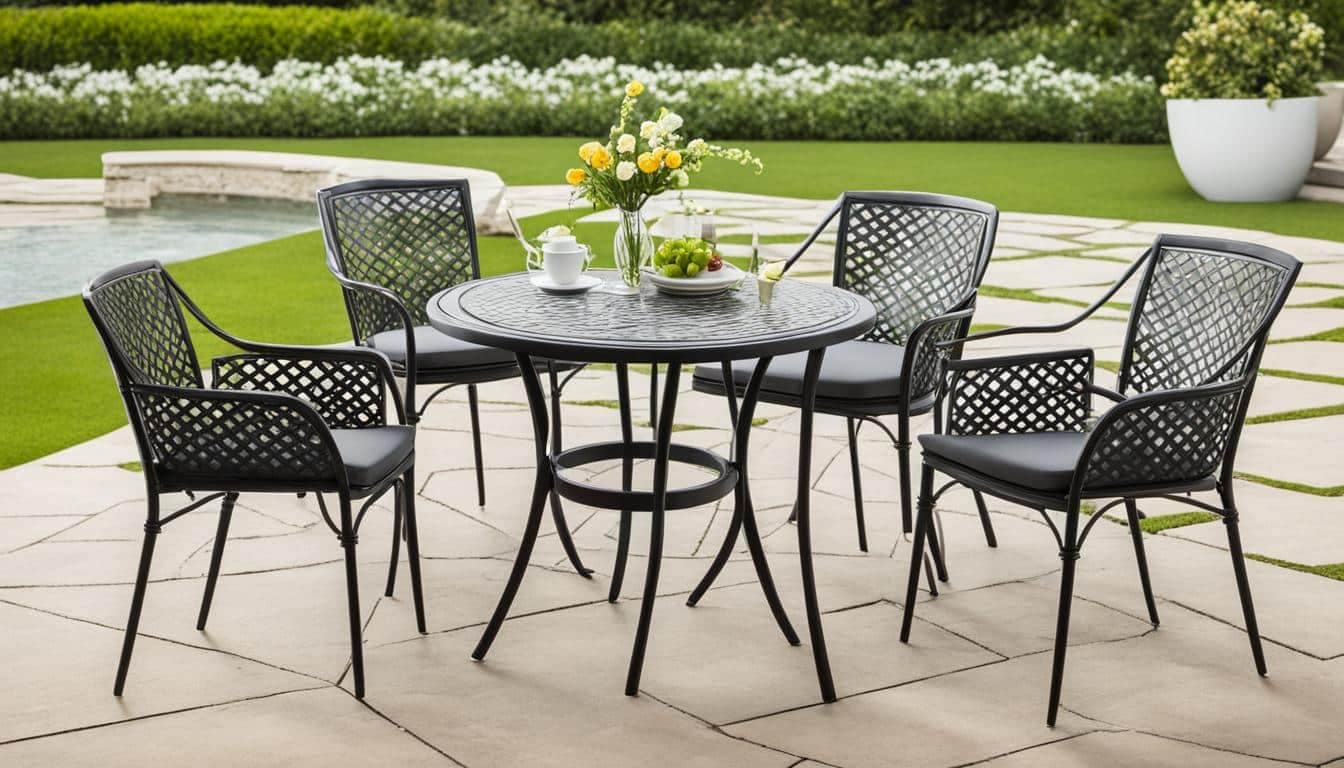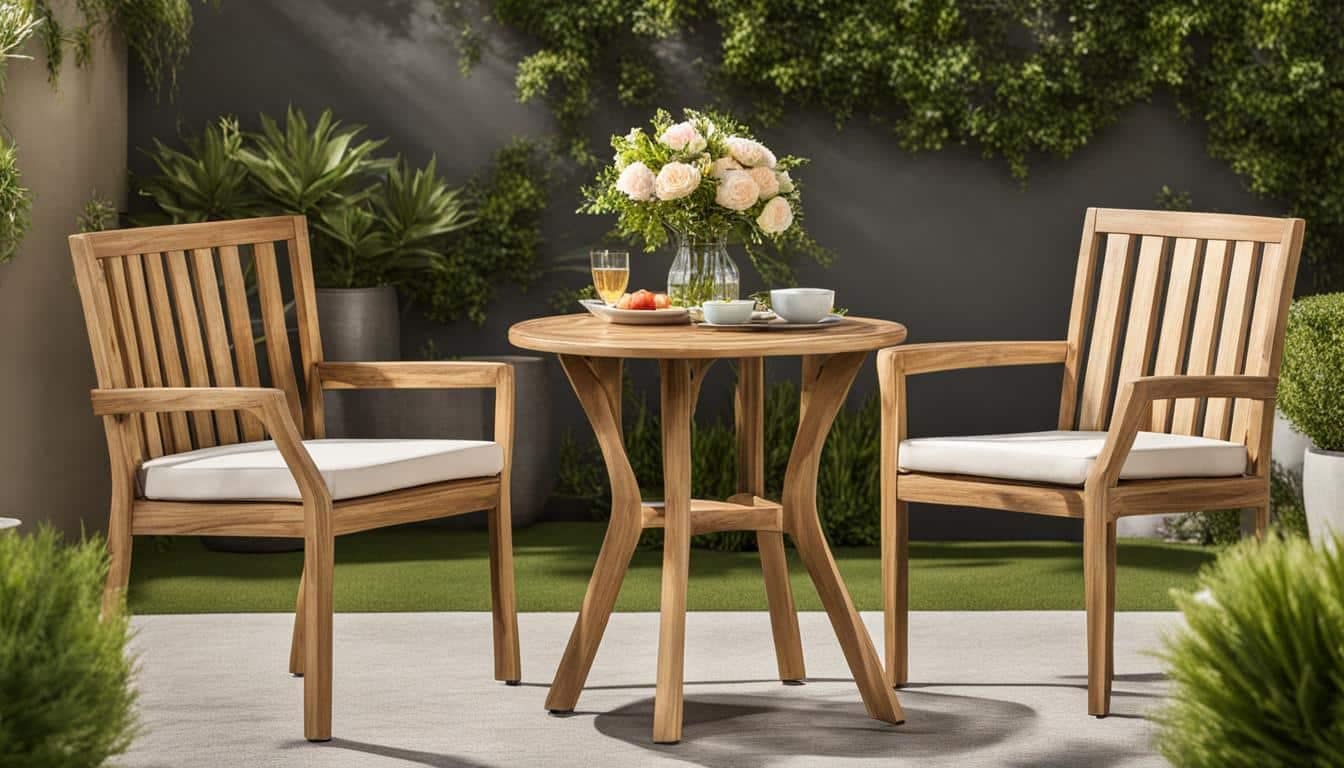How to Clean Rust on Outdoor Bar Stools and Restore Them Like New
There’s nothing worse than pulling out your favorite outdoor bar stools for a gathering only to find ugly, reddish-brown rust spots marring their appearance. As a leading manufacturer, we know that steel frames, while incredibly strong and durable, are susceptible to corrosion when constantly exposed to the elements in outdoor, garden, patio, backyard, and swimming poolside settings.
The good news is that rust doesn’t have to be a death sentence for your furniture. With the right techniques, you can often remove rust completely and protect your stools for years to come. This guide will walk you through the simple, effective process of cleaning rust from your steel outdoor bar stools, whether they have adjustable backs or a convenient stacked design.
Understanding the Enemy: Why Does Steel Rust?
Rust is the common name for iron oxide. It forms when iron or its alloys, like steel, are exposed to oxygen and moisture for extended periods. This electrochemical process is accelerated in environments with high humidity, saltwater (from swimming poolside splashes or sea air), and acid rain. Even a small scratch in a protective powder coat can be the starting point for a rust spot.
Safety First: Gear Up!
Before you begin, protect yourself.
- Gloves: Wear durable rubber or nitrile gloves.
- Eye Protection: Safety goggles are essential to protect from chemical splashes or flying abrasive particles.
- Ventilation: Work in a well-ventilated area, especially if using strong chemical solutions.
Method 1: The Mechanical Approach (Scrubbing & Sanding)
This is best for surface rust and smaller spots.
Tools & Materials Needed:
- Wire brush or steel wool (medium and fine grade)
- Sandpaper (120-grit and a finer 220-grit)
- Microfiber cloths
- Mild dish soap
- Bucket of warm water
Step-by-Step Process:
- Clean the Surface: Mix mild dish soap with warm water. Thoroughly wash the entire stool to remove dirt, grime, and grease. This prevents you from grinding dirt into the metal during the next step. Let it dry completely.
- Scrub the Rust: Using your wire brush or a coarse piece of steel wool, vigorously scrub the rusted areas. Apply firm pressure to flake off the rust. For stools with adjustable backs, pay close attention to hinges and moving parts where moisture can hide.
- Sand the Area: Once the bulk of the rust is gone, switch to 120-grit sandpaper to smooth the area. Follow up with 220-grit sandpaper to create an even, smooth surface for refinishing. Wipe away all metal dust with a damp cloth.
- Final Cleaning: Do a final wipe-down with a clean, dry microfiber cloth to ensure the surface is perfectly clean and ready for protection.
Method 2: The Chemical Approach (Using a Rust Converter)
This is ideal for more stubborn rust or larger affected areas. Rust converters chemically transform iron oxide (rust) into a stable, black protective polymer coating that prevents further corrosion.
Tools & Materials Needed:
- Commercial rust converter or naval jelly
- Paintbrush (cheap, disposable ones are perfect)
- Wire brush
- Gloves and goggles
Step-by-Step Process:
- Prepare the Surface: Use the wire brush to remove any loose, flaky rust. The converter needs to contact the solid rust underneath.
- Apply the Converter: Wearing your gloves and goggles, use the paintbrush to apply a thick, even layer of the rust converter over the affected area. Ensure you cover every part of the rusted spot.
- Let It Work: Allow the product to work for the time specified on the manufacturer’s instructions, typically 20-30 minutes. You will see the rust turn black.
- Final Touch: Once dry, you can leave the black protective coating as is, or you can paint over it for a seamless look.
The Crucial Final Step: Protect and Prevent
Removing the rust is only half the job. To prevent it from coming back, you must create a new protective barrier.
- Primer: Apply a metal primer designed for outdoor use. This is especially important if you sanded down to bare metal. A spray primer works best for getting into the nooks of adjustable backs and frames.
- Paint: Once the primer is completely dry, apply several light coats of a high-quality enamel or spray paint formulated for metal outdoor use. Allow each coat to dry thoroughly.
- Protective Wax/Spray: For ongoing maintenance, consider applying a carnauba-based automotive wax or a specialized metal protectant spray every few months. This adds a water-repellent layer.
Pro-Tips for Long-Term Care
- Regular Cleaning: Wipe down your stools regularly with fresh water and a mild soap solution to remove corrosive pollutants and pool chemicals.
- Thorough Drying: If they get wet, dry them off with a towel, especially the joints and mechanisms of adjustable backs.
- Smart Storage: During harsh weather or the off-season, stack your stools and store them in a dry, covered place like a garage or shed. This is the single best way to prevent rust.
- Immediate Touch-Ups: If you notice a new scratch in the paint, touch it up immediately with a matching paint pen before rust can form.
By following these steps, you can easily extend the life and beauty of your steel outdoor bar stools, ensuring they remain a stylish and functional part of your outdoor living space for many seasons to come, sometime you can choice aluminum outdoor bar stools, which never rust.

